5-Min Read: What is iPhone RAM & Full iPhone RAM List
Many iPhone users overlook a crucial component that significantly impacts the iPhone's performance: RAM. Understanding RAM in your iPhone is more important than you might realize.
This article delves into the nuances of iPhone RAM, from its fundamental role to how much you actually need. We'll explore RAM management in iOS, compare it with Android, and provide insights to enhance your iPhone experience. Let's see how to optimize your iPhone for maximum efficiency and enjoyment.
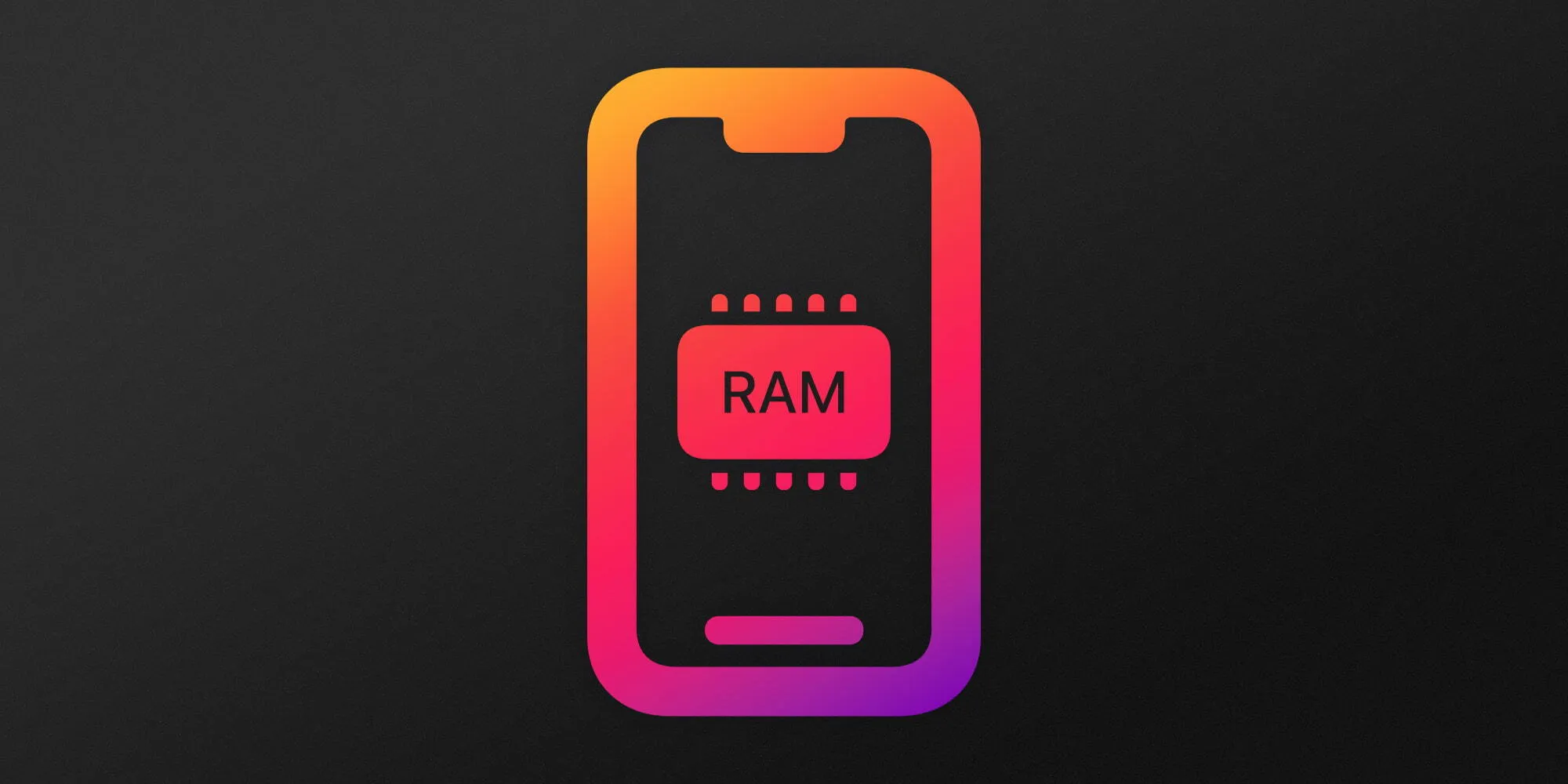
What is RAM on an iPhone?
Random Access Memory (RAM) in your iPhone is a crucial component that acts as a workspace for your device's processor. It's where your iPhone handles all its current tasks and processes. Imagine it as a desk where all the ongoing work is spread out, easily accessible for quick use.
The Function of RAM in an iPhone
Quick Access and Efficient Multitasking
RAM comes into play when you're using multiple apps on your iPhone, such as listening to music while browsing the web. It stores these processes, allowing you to switch between apps smoothly. For instance, if you're using Safari and then switch to another app, RAM keeps the Safari page loaded. This quick retrieval is possible because iOS maintains these processes in RAM, ready for immediate access.
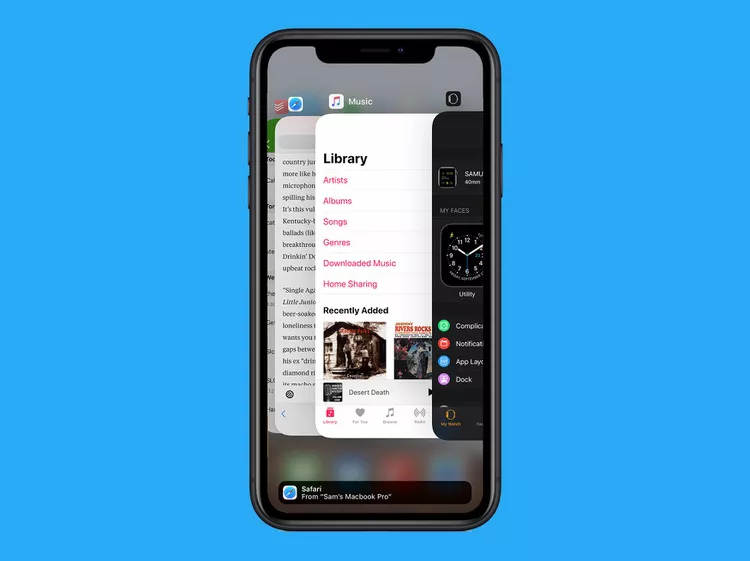
Memory Management
However, RAM is not infinite. To manage its limited space, iOS intelligently prioritizes and handles processes. When you open many apps, older ones you haven't used may need to reload. This is because iOS clears them from RAM to accommodate newer tasks. You might have noticed this when returning to a previously used app, only to find it reloading content.
Speed and Performance
RAM is a type of fast storage that supplements your iPhone's CPU cache. It ensures rapid access to data, much quicker than retrieving it from the device's SSD or hard drive. When you launch an app or game, RAM plays a crucial role in loading its elements swiftly, making them readily available for a smooth user experience.
Understanding RAM Capacity
The amount of RAM in iPhones varies, with modern models featuring anywhere from 2GB to 32GB or even more in some cases. The more RAM your iPhone has, the better it can handle multiple tasks and complex processes simultaneously.
In summary, RAM is a vital component that significantly influences your iPhone's multitasking capabilities, speed, and overall performance. Managing and storing active processes ensures a seamless and efficient user experience.
How to Check RAM Usage on Your iPhone
Unlike storage data, which is easily accessible, RAM details are not accessible through your iPhone's settings.
If you navigate the Settings app and then select General and About, you'll find various information about your iPhone. This section provides details like storage capacity, iOS version, and serial number. However, there is no RAM data.
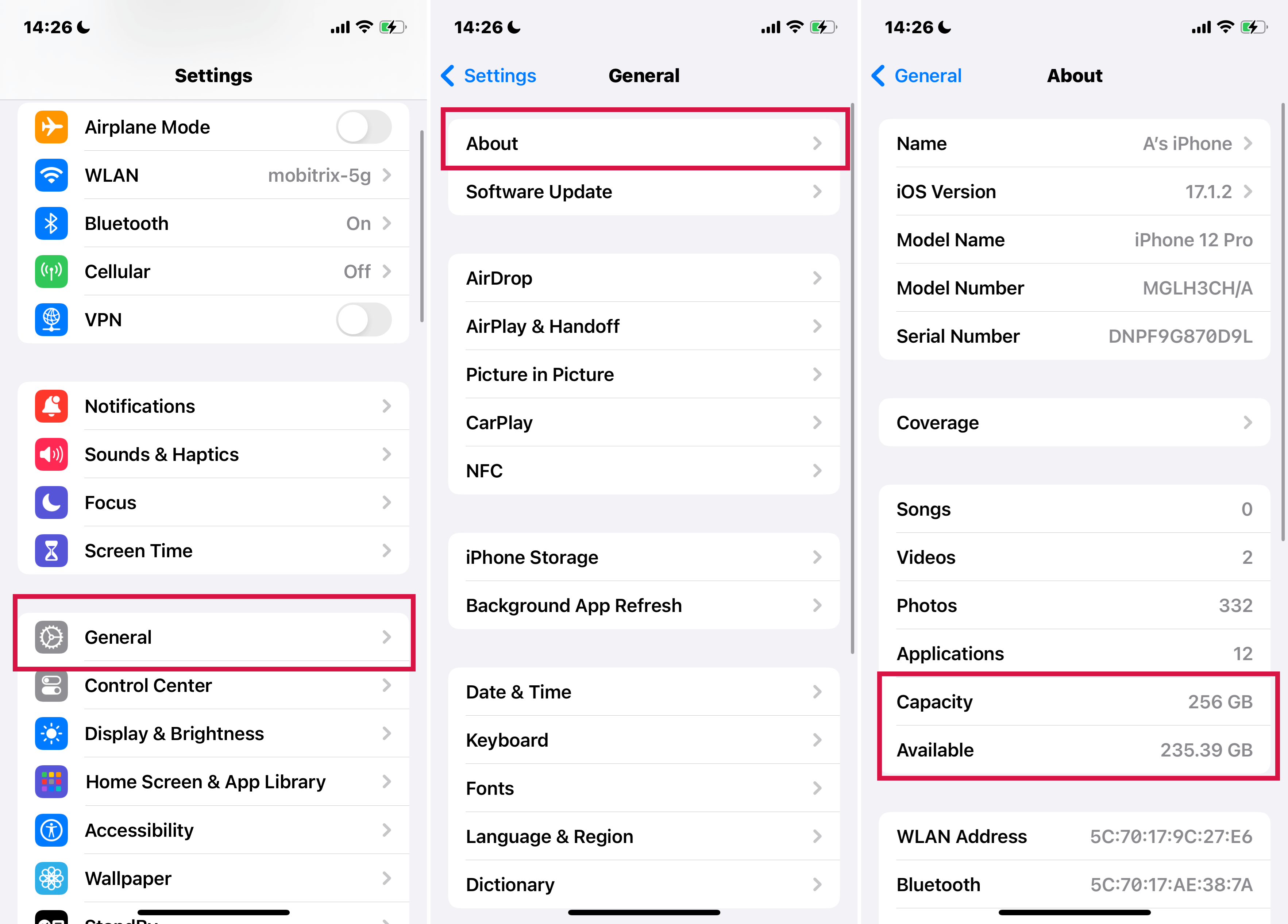
Apple takes a unique approach regarding the visibility of RAM information on iPhones. They believe the average user focuses more on their device's overall performance and smooth operation rather than the specific amount of RAM it possesses. Apple's philosophy centers around user experience, ensuring the device performs well in everyday use without overwhelming users with technical details.
However, various third-party companies and tech enthusiasts often disassemble iPhones to gather this data. Some applications, like Device Monitor, can provide insights into RAM usage status.
How Much RAM Does Your iPhone Have?
The iPhone 16 Series: A Leap in RAM Capacity
The iPhone 16 Pro and iPhone 16 Pro Max are significant advancements in Apple's iPhone series. Both models have an impressive 8GB of RAM, setting a new standard for Apple's smartphones. This increase in RAM is expected to enhance performance, offering a smoother, more responsive user experience.
iPhone 16 and iPhone 16 Plus
The more budget-friendly options, the iPhone 16 and iPhone 16 Plus come with 6GB of RAM, mirroring the capacity of the previous year's models.
Full List of iPhone Models and Their RAM
iPhone Model | RAM |
iPhone 16 Pro Max | 8GB |
iPhone 16 Pro | 8GB |
iPhone 16 Plus | 6GB |
iPhone 16 | 6GB |
iPhone 14 Pro Max | 6GB |
iPhone 14 Pro | 6GB |
iPhone 14 | 6GB |
iPhone 14 Plus | 6GB |
iPhone 13 Pro Max | 6GB |
iPhone 13 Pro | 6GB |
iPhone 13 | 4GB |
iPhone 13 mini | 4GB |
iPhone SE 3rd Generation | 4GB |
iPhone 12 Pro Max | 6GB |
iPhone 12 Pro | 6GB |
iPhone 12 | 4GB |
iPhone 12 mini | 4GB |
iPhone 11 Pro Max RAM | 4GB |
iPhone 11 Pro RAM | 4GB |
iPhone 11 RAM | 4GB |
iPhone SE 2020 RAM | 3GB |
iPhone XS Max RAM | 4GB |
iPhone XS RAM | 4GB |
iPhone XR RAM | 3GB |
iPhone X RAM | 3GB |
iPhone 8 Plus RAM | 3GB |
iPhone 8 RAM | 2GB |
iPhone 7 Plus RAM | 3GB |
iPhone 7 RAM | 2GB |
iPhone SE RAM | 2GB |
iPhone 6s Plus RAM | 2GB |
iPhone 6s RAM | 2GB |
iPhone 6 Plus RAM | 1GB |
iPhone 6 RAM | 1GB |
iPhone 5s RAM | 1GB |
iPhone 5c RAM | 1GB |
iPhone 5 RAM | 1GB |
iPhone 4s RAM | 512MB |
iPhone 4 RAM | 512MB |
iPhone 3GS RAM | 256MB |
iPhone 3G RAM | 128MB |
iPhone 2G RAM | 128MB |
This table serves as a quick reference to understand the evolution of RAM in iPhones and to identify the RAM capacity of your specific iPhone model.
How Much RAM is Sufficient for Your iPhone?
iPhones are generally not designed for heavy-duty tasks like computers, so their RAM needs are usually lower than iPads. Yet, with evolving software and multitasking demands, the latest iPhone models have more RAM (4GB to 8GB) than their predecessors.
The amount of RAM your iPhone needs largely depends on your usage patterns. Different users have different needs:
Light Users: If your activities mainly include browsing, texting, calling, and streaming videos, your RAM requirements will be relatively modest.
Heavy Users: On the other hand, if you engage in mobile gaming, video editing, or other resource-intensive tasks, you'll need more RAM.
Common Applications and Their RAM Usage
Social Media Apps: Platforms like Facebook and Instagram can use about 100MB to 500MB of RAM, depending on your activity levels.
Web Browsers: Browsers can be RAM intensive, especially with multiple tabs open. Chrome, for instance, can easily consume over 500MB and sometimes more than 1GB.
Video Players: Watching videos on apps like YouTube can take up around 300MB of RAM, varying with the number of tabs and video quality.
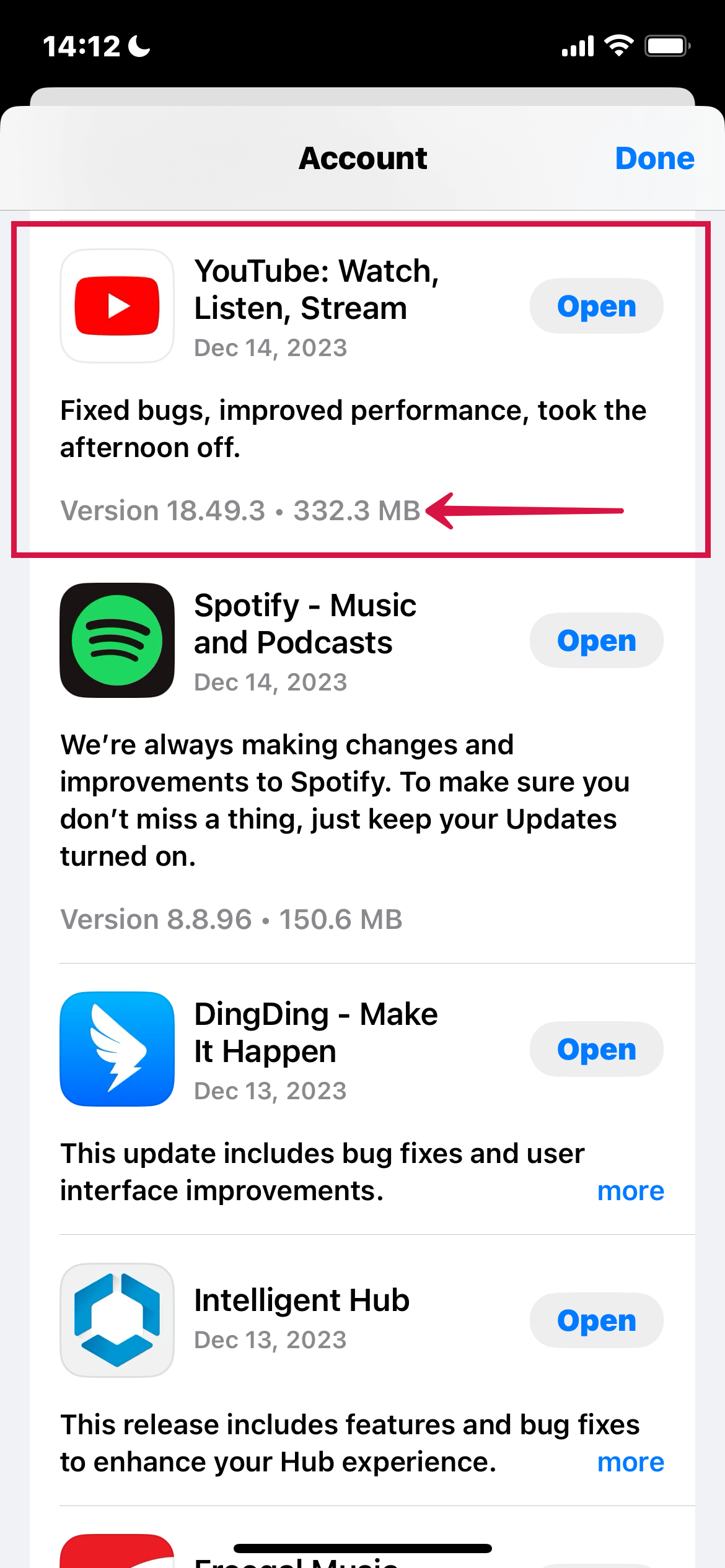
Mobile Games: The RAM usage can differ drastically. Simple games might use less, but complex ones like Genshin Impact recommend having at least 4GB of RAM.
Understanding App-Specific RAM Recommendations
It's also important to understand that apps often recommend a minimum amount of RAM, which may be more than the app itself uses. This recommendation considers the need for additional RAM to support other simultaneously running apps on your smartphone.
For instance, a gaming app might suggest a minimum of 3GB RAM. This doesn't mean the game uses all 3GB by itself; instead, it ensures optimal performance when you're using the game in conjunction with other apps, keeping in mind the RAM needs of the operating system, too.
This approach helps provide a smoother, more responsive experience on your smartphone.
Can You Buy More RAM for Your iPhone?
For iPhone users, it's important to note that you cannot add extra RAM to your device as you might with a computer. This makes the choice of RAM in your iPhone purchase particularly important.
Tips: you can buy iCloud storage.
Opting for a model with higher RAM might be beneficial if your usage involves intensive tasks such as gaming or extensive multitasking. However, it's crucial to weigh this against the cost. Having more RAM than necessary, like opting for 8 GB when your usual usage only requires 4 GB, doesn't guarantee improved performance. It could be an unnecessary expense.
Therefore, when choosing an iPhone, consider your typical usage and select a model with just enough RAM to ensure efficient operation without over-investing in unused capacity.
In conclusion, the amount of RAM you need on your iPhone varies based on your specific usage. It's wise to have a little extra RAM to ensure your phone remains responsive, especially considering future updates and more demanding apps.
iOS vs. Android RAM Usage
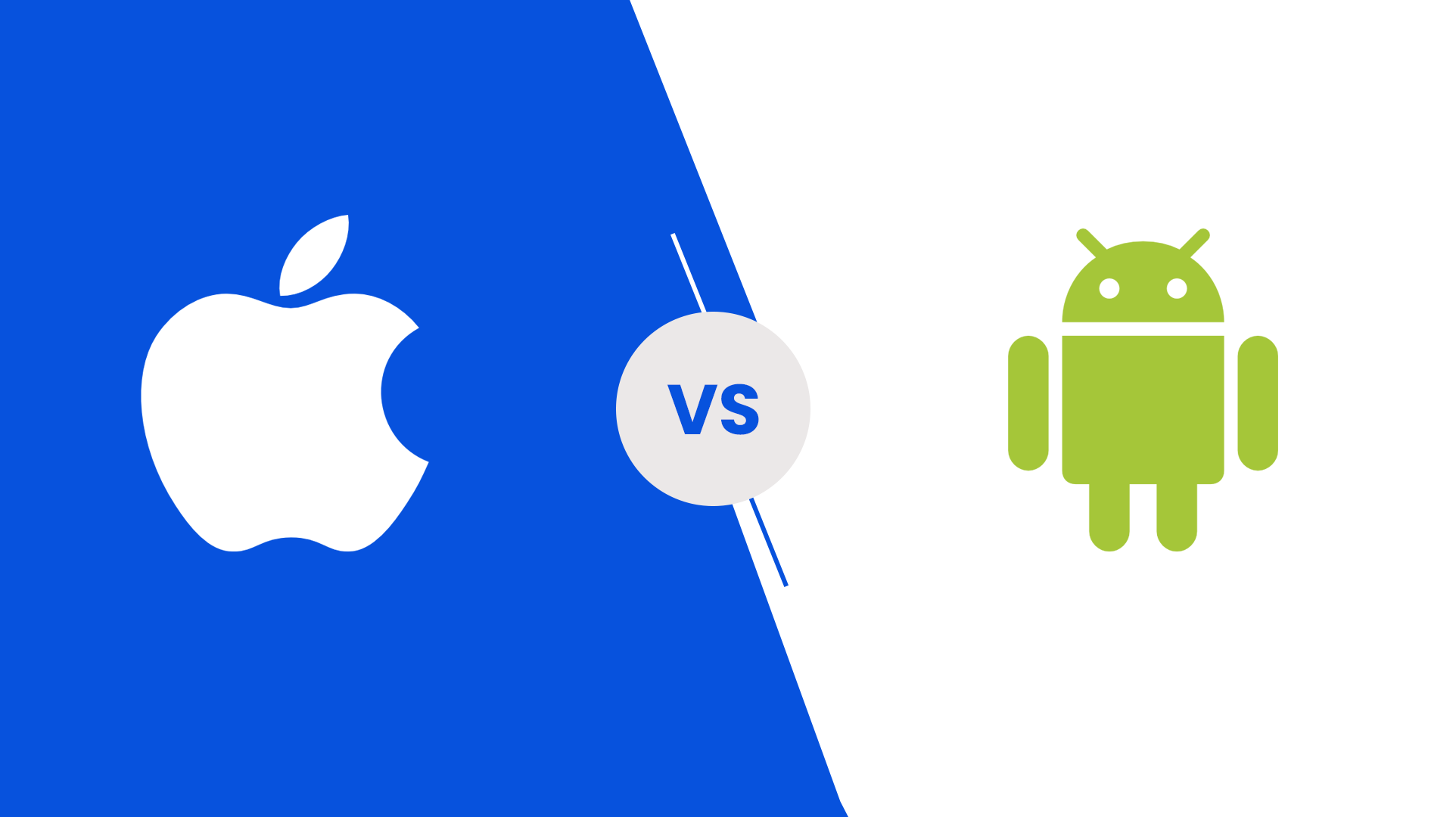
The Role of Operating Systems in RAM Consumption
iOS: Efficiency in RAM Usage
Apple's iOS is renowned for its efficient use of RAM. This efficiency stems from iOS and Apple's hardware being closely integrated and optimized to work seamlessly. This optimization allows even older models like the iPhone 6, released in 2014 with just 1GB of RAM, to support the latest iOS version.
This is a testament to the sophisticated level of optimization that Apple achieves. Even Apple's flagship model, the iPhone 14, operates effectively with 6GB of RAM, underscoring the system's proficiency in utilizing memory.
Android: Diverse Usage Across Brands
On the other hand, Android operates across a wide range of devices and brands. This diversity means that Android has to be adaptable to various hardware configurations. Android manufacturers often enhance their devices with custom skins, unique launchers, and pre-installed apps, all contributing to higher RAM usage.
Furthermore, some Android devices have bloatware that cannot be uninstalled, continuously consuming valuable RAM. Despite these factors, most Android smartphones typically come equipped with 4GB to 12GB of RAM, accommodating the system's broader requirements.
The fundamental difference in RAM management between iOS and Android lies in their respective approaches to optimization and adaptability.
iOS's tight integration with Apple's hardware allows for efficient RAM usage, often requiring less RAM than Android.
Android's versatility across different devices and customizations, though beneficial for variety and personalization, leads to generally higher RAM requirements to maintain smooth operation.
The Bottom Line
Understanding RAM usage in iPhones is vital to optimizing your device's performance. Apple's efficient RAM management, tailored to its ecosystem, ensures that iPhones deliver a smooth and responsive user experience even with less RAM.
As technology evolves, keeping informed about your iPhone's RAM capabilities and how it handles various applications can help you make the most of your device, ensuring it meets your current and future needs. Thanks for your reading!

